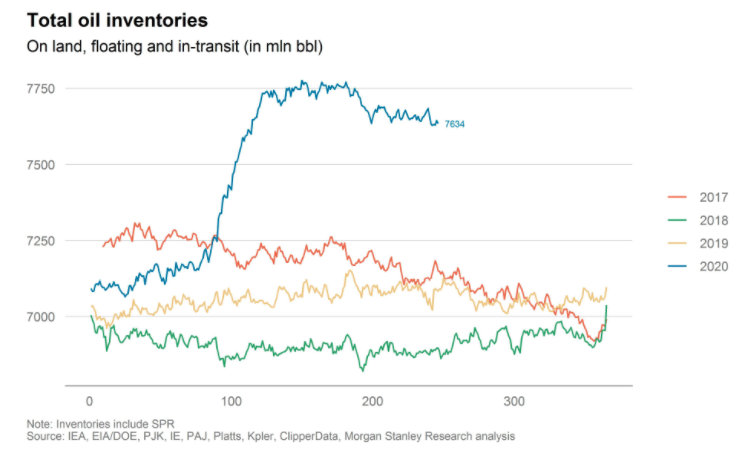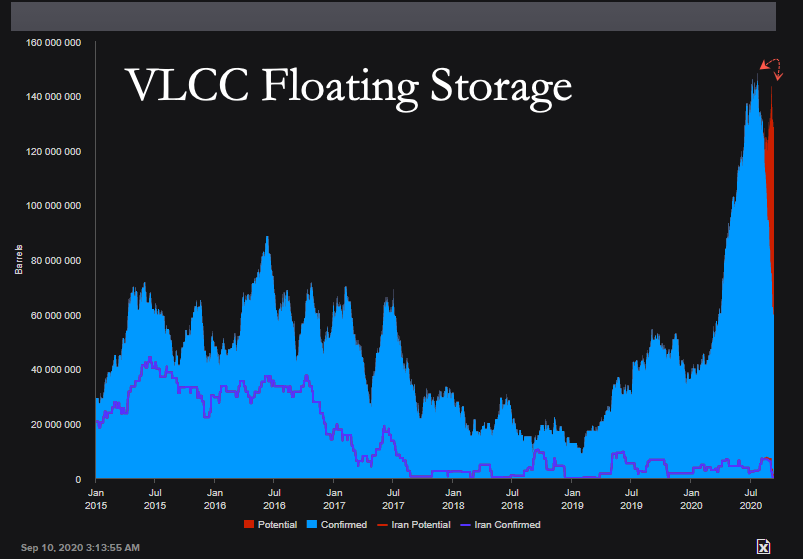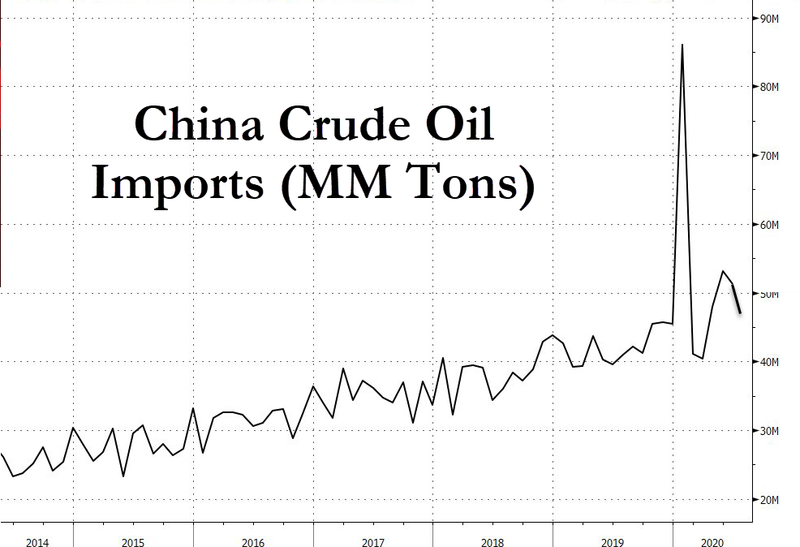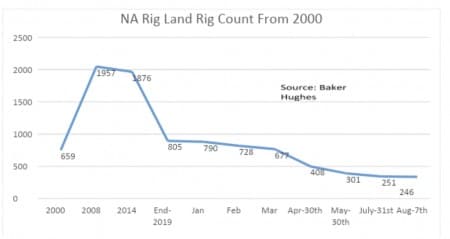Brent is now flirting with the $70 mark after OPEC+ shocked markets once again by refusing to bring more oil production online.
In this week’s Global Energy Alert, our trading team delves into how an inflationary environment will impact oil stocks. Sign up today to get breaking news, expert analysis, and trading tips.
Friday, March 5th, 2021
Oil skyrocketed on Thursday after OPEC+ decided to hold off on easing production cuts for another month, surprising the oil market. WTI and Brent shot up more than 4%. During early trading on Friday, Brent surpassed $69 per barrel,
OPEC+ extends cuts, surprising market. OPEC+ extended the cuts through April, aside from a slight increase allowed for Russia and Kazakhstan, due to seasonal consumption patterns. Even Saudi Arabia decided to keep its 1 mb/d of voluntary cuts in place. The surprise news led to a price surge. “One of the reasons the market is continuing to react positively today could be that OPEC’s own balances suggest very steep draws,” Rystad Energy said in a statement.
Oil majors expect record cash flow. Big Oil is looking at 2021 with increased optimism, mostly because oil prices have rallied in recent weeks. Moreover, the ultra-conservative capital spending plans and the huge cost cuts have allowed international oil companies (IOCs) to materially lower their cash flow breakevens. These factors are set to result in a record cash flow for the biggest oil firms this year if oil prices average $55 per barrel, Wood Mackenzie said in new research.
Oil majors going green? Speaking from the annual CERAWeek by IHS Markit energy conference, Big Oil chief executives from Exxon Mobil (NYSE:XOM), Chevron Corp.(NYSE:CVX), Occidental Petroleum (NYSE:OXY) and ConocoPhillips (NYSE:COP)have all spoken about the industry’s transition to a lower-carbon world, with OXY even branding itself a ‘carbon management’ company that wants to set the industry standard for the production of net-zero carbon oil…
…click on the above link to read the rest of the article…























